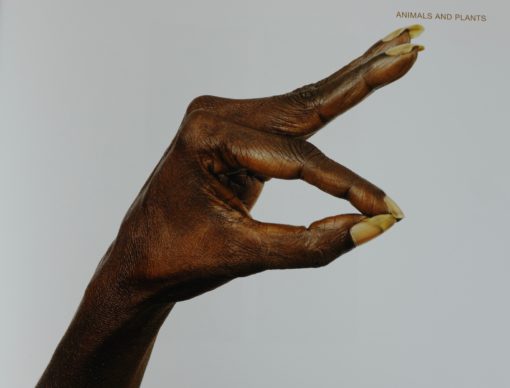These are resources for encountering Aboriginal and Torres Strait Islander languages.
 The Illustrated Handbook of Yolŋu Sign Language of North East Arnhem Land
by
James Bentley
The Illustrated Handbook of Yolŋu Sign Language of North East Arnhem Land
by
James Bentley
 Except where otherwise noted, content on this site is licensed under a Creative Commons Attribution-NonCommercial-ShareAlike 3.0 Australia License.
Except where otherwise noted, content on this site is licensed under a Creative Commons Attribution-NonCommercial-ShareAlike 3.0 Australia License.
QUT acknowledges the Traditional Owners of the lands where QUT now stands.


